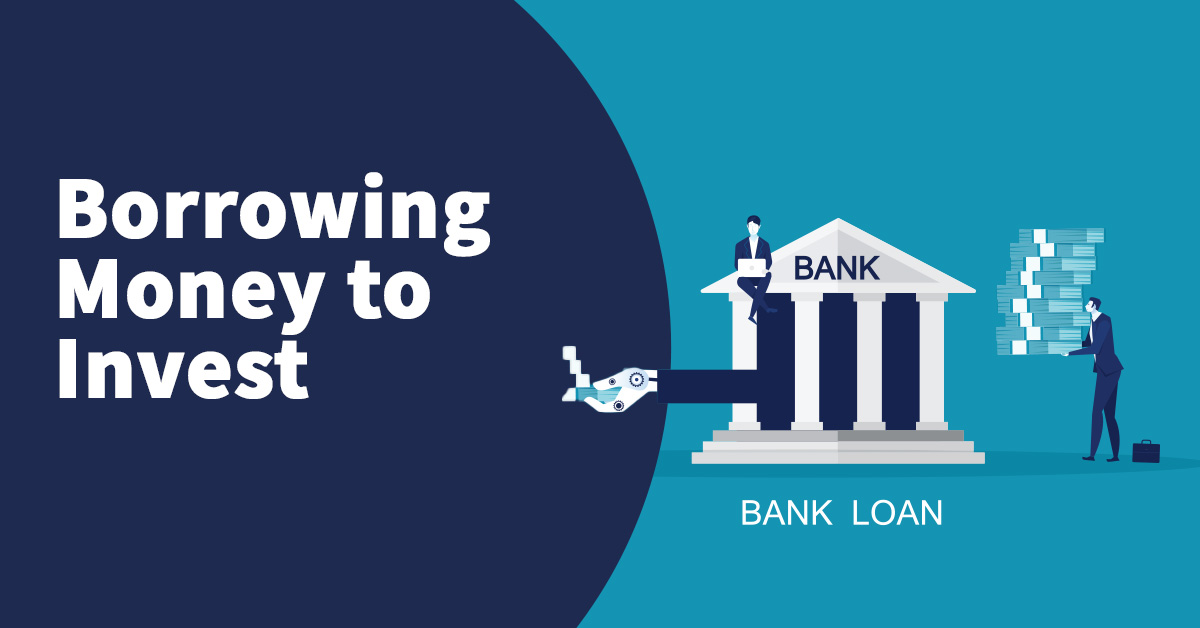There’s something about teaching kids about money and personal finance that makes me smile.
Teaching your kids the importance of saving early on will lead to a healthier, happier, less stressful life for them — and for you!
The trouble is, finance isn’t always the most exciting topic, and most kids aren’t interested in sitting down for a lesson in economics.
Most parents excel when it comes to teaching safety and good manners, but with money few know where to start. Money skills can often be a blind spot. Yet research suggests parents’ behaviour is the biggest influence.
Financial literacy is the confluence of financial, credit and debt management and the knowledge that is necessary to make financially responsible decisions – decisions that are integral to our everyday lives
Financial illiteracy affects all ages and all socioeconomic levels. Later on in life financial illiteracy can cause many people to become victims of predatory lending, subprime mortgages, fraud and high interest rates, potentially resulting in bad credit, debt and even bankruptcy.
A lack of financial literacy is not a problem only in emerging markets or developing economies. Consumers in developed or advanced economies also fail to demonstrate a strong grasp of financial principles in order to understand and negotiate the financial landscape, manage financial risks effectively and avoid financial pitfalls.
Here are some tips on teaching your children about money and money management:
Where to start?
Start young! The best way to teach kids to start managing money is to give them some. If they blow their allowance on a new toy car and don’t have enough left for a DVD they really want, that’s actually a good thing: They learn firsthand the consequence of overspending,
Set an example
A study by the University of Cambridge found that money habits in children are formed by the time they’re 7 years old. Remember little eyes are watching you! If you’re slapping down plastic every time you go out to dinner or the grocery store, they’ll eventually notice. Or if you and your spouse are arguing about money, they’ll notice that too. Set a healthy example.
Involve your child in family financial planning.
Let your child see you planning your budget, paying bills, shopping carefully, and planning major expenditures and vacations. Explain the affordable choices, and allow kids to participate in the family’s decision making process. Set a family goal that everyone can work towards.
Make it relevant
Enable children to experience using money on a practical level to experience the emotional highs and lows. First, they must save it, then spend it, then experience the euphoria that comes from buying the item they wanted, but also what it feels like to lose some money in the process. This will reinforce the idea that it must then be saved again.
Lead by example
Parents have a great deal of influence on their children, and it is not just the positive messages that resonate. Children tend to copy what we do rather than what we say, so limit the amount of shopping trips as a leisure activity, as they might start to think that money is an unlimited resource and that spending is fun.
Show your child how to be a wise consumer
Before your child buys something, review alternative ways of spending the money to emphasize the necessity of making choices. Teach them to comparison shop for prices and quality. Discuss how advertisers persuade people to buy their products, and encourage your kids to be savvy about commercials.
Setting the Stage: From Saving to Investing:
While saving is an easy way to relate, investment is the next step in making money work. Point out to children the difference between saving and investing. Go over the risks and
rewards of each and include discussions about not putting all of your eggs in one basket.
It doesn’t need to be complex!
Don’t start off explaining relatively complicated concepts, such as the difference between an ETF and a mutual fund, or how to short a stock. Clearly unlikely to be interesting to a ten year old! Explain that investing is basically just a means of using your money to create more money.
Teach your child the value of investments
When your child is old enough to understand interest rates and rates of return, play an investment game to learn about alternative investment strategies and financial risks. Websites can be very helpful.
Consider gifting your children a small portfolio of about ten stocks. “Pick one share each and have some be dividend payers, some not.” Better yet, “make them companies kids understand: Walt Disney Co. (ticker: DIS), Coca-Cola Co. (KO), Nike Inc. (NKE). It will give them an appreciation for compounding, yield and the fact that some wonderful companies aren’t necessarily great investments. Minors cannot legally do this on their own but you can do it for them.
Ultimately, the way you choose to teach your children about money is completely personal and should be adapted to meet your family’s needs.
When it comes to savings and investing, the earlier in life a person starts saving and planning the better. Basic financial literacy can be easily taught that and it can make a big difference in the lives of the young.
Find out how we can help you
If you would like to understand more about this topic get in touch
Related posts
- Published On: July 8, 2024|3.2 min read|
The Problem with Structured Notes for Retail Investors: Opaqueness, Provider Risk, and Hidden Commissions
Structured notes are financial instruments that can seem attractive due to their potential for high returns and tailored investment strategies. However, they come with significant risks and drawbacks, especially for retail investors.
Read more












